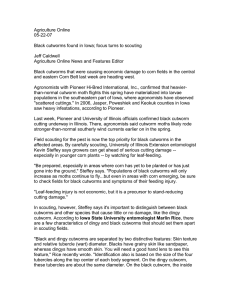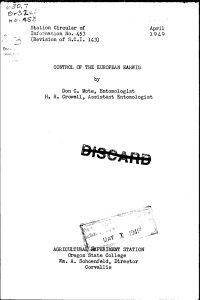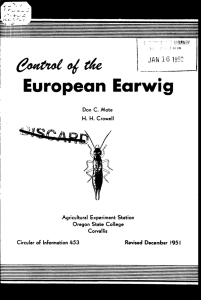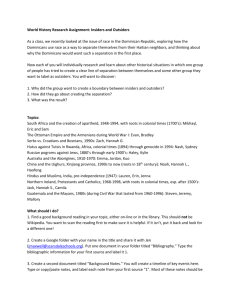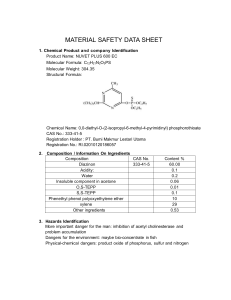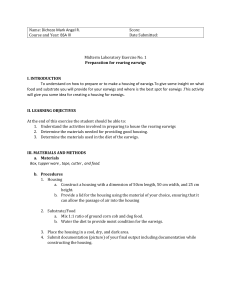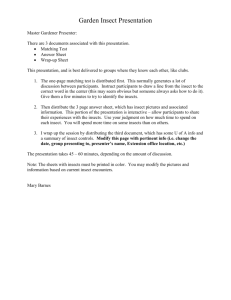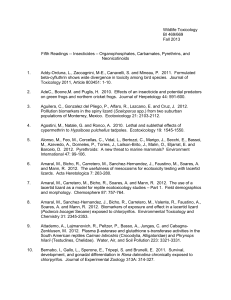COASTAL GARDENER - Santa Barbara County Cooperative
advertisement
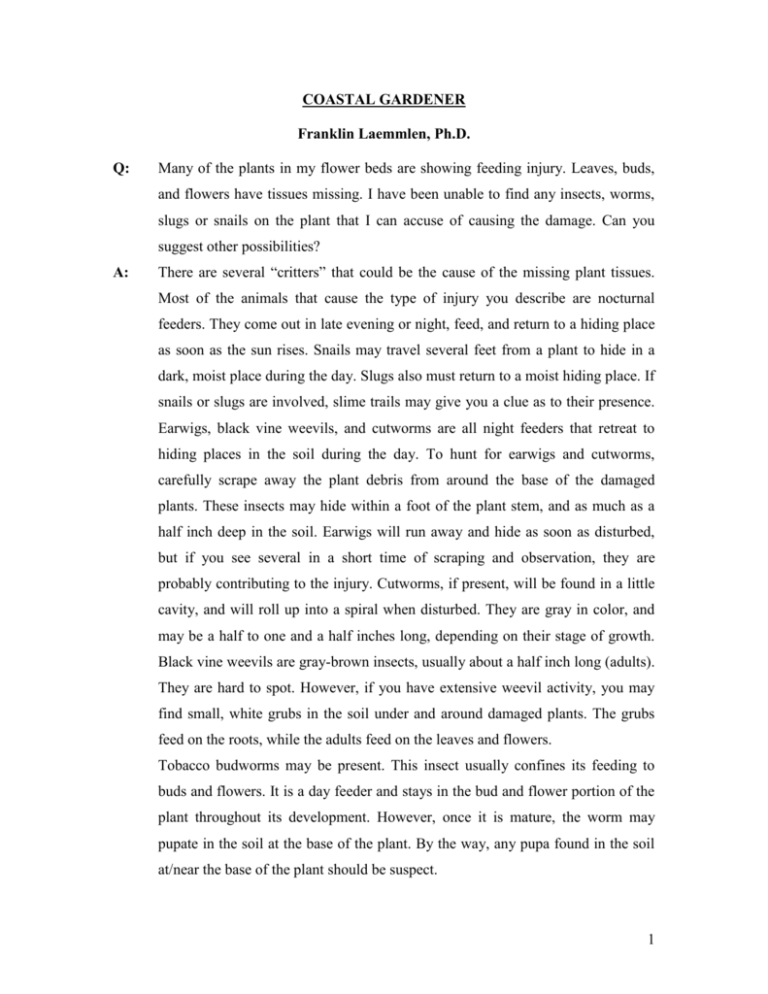
COASTAL GARDENER Franklin Laemmlen, Ph.D. Q: Many of the plants in my flower beds are showing feeding injury. Leaves, buds, and flowers have tissues missing. I have been unable to find any insects, worms, slugs or snails on the plant that I can accuse of causing the damage. Can you suggest other possibilities? A: There are several “critters” that could be the cause of the missing plant tissues. Most of the animals that cause the type of injury you describe are nocturnal feeders. They come out in late evening or night, feed, and return to a hiding place as soon as the sun rises. Snails may travel several feet from a plant to hide in a dark, moist place during the day. Slugs also must return to a moist hiding place. If snails or slugs are involved, slime trails may give you a clue as to their presence. Earwigs, black vine weevils, and cutworms are all night feeders that retreat to hiding places in the soil during the day. To hunt for earwigs and cutworms, carefully scrape away the plant debris from around the base of the damaged plants. These insects may hide within a foot of the plant stem, and as much as a half inch deep in the soil. Earwigs will run away and hide as soon as disturbed, but if you see several in a short time of scraping and observation, they are probably contributing to the injury. Cutworms, if present, will be found in a little cavity, and will roll up into a spiral when disturbed. They are gray in color, and may be a half to one and a half inches long, depending on their stage of growth. Black vine weevils are gray-brown insects, usually about a half inch long (adults). They are hard to spot. However, if you have extensive weevil activity, you may find small, white grubs in the soil under and around damaged plants. The grubs feed on the roots, while the adults feed on the leaves and flowers. Tobacco budworms may be present. This insect usually confines its feeding to buds and flowers. It is a day feeder and stays in the bud and flower portion of the plant throughout its development. However, once it is mature, the worm may pupate in the soil at the base of the plant. By the way, any pupa found in the soil at/near the base of the plant should be suspect. 1 Finally, birds and ants may at times be found feeding on buds, leaves, and/or young fruit. Harvester ants will cut up and carry away young seedlings and older plants. Some birds will also feed on flower buds and seeds or emerging seedlings. This is especially true during the migration periods of spring and late fall. To control snails and slugs, clean up plant debris and eliminate hiding places. There are also numerous bait formulations available. To control cutworms, sprinkle carbaryl bait on the ground where the cutworms are active. The injured plant (feeding sites) may also be sprayed using Bt, diazinon, or chlorpyrifos. These same controls apply to tobacco budworm except for the carbaryl bait. Earwig numbers may be reduced by cleaning up plant debris to reduce the moist soil surface habitat and reduce hiding places. Carbaryl or diazinon bait are also useful. Plant surfaces may be sprayed with carbaryl, diazinon, or chlorpyrifos. Black vine weevils present a difficult control problem. Control of the adults is often unsuccessful. Therefore, control of the grubs can be attempted in order to reduce the future adult population. Use diazinon or chlorpyrifos as a soil drench (apply with a watering can) around/under the plants where the leaf feeding damage is worst. The drench will probably have to be applied several times at monthly intervals to make a dent in the weevil population. Use bird netting for bird control, and there are several ant baits that can be used for ant control, depending on the species of ant that is causing the problems. Send your landscape and garden questions to: The Coastal Gardener, 624-A West Foster Road, Santa Maria, CA 93455. 2

